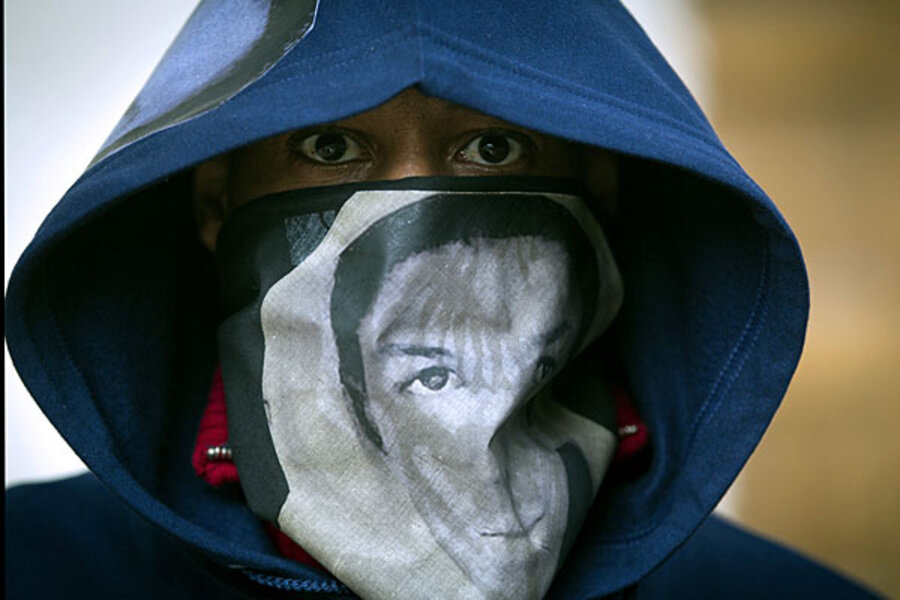Trayvon Martin effect: School lifts ban on hoodies
Loading...
The William Penn High School will change the school dress code – for one day – to allow students to wear hoodies.
Students at the New Castle, Del., school will be allowed to wear hooded sweat shirts to school on Friday. The students have planned a silent demonstration in support of the campaign for justice in the case of the killing of Florida teenager Trayvon Martin. Principal Jeffrey Menzer granted a request from a student leader who asked that a school policy banning hoodies be lifted for one day so students could join a national call for justice, the Associated Press reports.
Colonial School District Superintendent Dorothy Linn called the hoodie demonstration a teachable moment but cautioned students to conduct themselves properly.
Martin was fatally shot Feb. 26 in a confrontation with neighborhood watch volunteer George Zimmerman, who told police he thought Martin, who had the hood of his sweat shirt pulled over his head, looked suspicious.
Across the country, supporters of the Martin family campaign for justice have staged "hoodie" marches. In Minneapolis on Thursday, some 5,500 people turned out for a "hoodie march," reports the Star Tribune. Legislators have donned hoodies to show their solidarity - and to protest what some call racial profiling. Fox TV personality Geraldo Rivera won notoriety last week when he said the hoodie was as much a factor in Trayvon Martin's death as George Zimmerman. Rivera later apologized on Twitter.
Hoodie-wearers interviewed in Teaneck and Paterson, N.J., by The Record this week said they wear the garments because they are warm, comfortable and lighter than bulky winter jackets. They also are relatively cheap – $20 at Target, for example, or $59.50 at Aeropostale.
Isaac Rappoport, 17, a Teaneck High School student who wears hoodies "almost every day," told The Record that Geraldo Rivera's comments amounted to profiling.
"Somebody's style is completely unrelated to their character," Rappoport said. "It's a very common piece of clothing for young people, and to just stereotype every single young person who wears a hoodie ... as a hoodlum, and it's just not true."
Destiny Hernandez, 15, a student at Eastside High School, said a hoodie says one thing about its wearer.
"It says that they are cold," she said.
In Greensboro, N.C., a rally in support of Trayvon Martin will be held Friday evening at the International Civil Rights Center & Museum in Greensboro. The News & Record of Greensboro reports that the rally will address racial profiling, equality and social justice. State Rep. Alma Adams is scheduled to speak.
All participants have been invited to wear hoodies.








